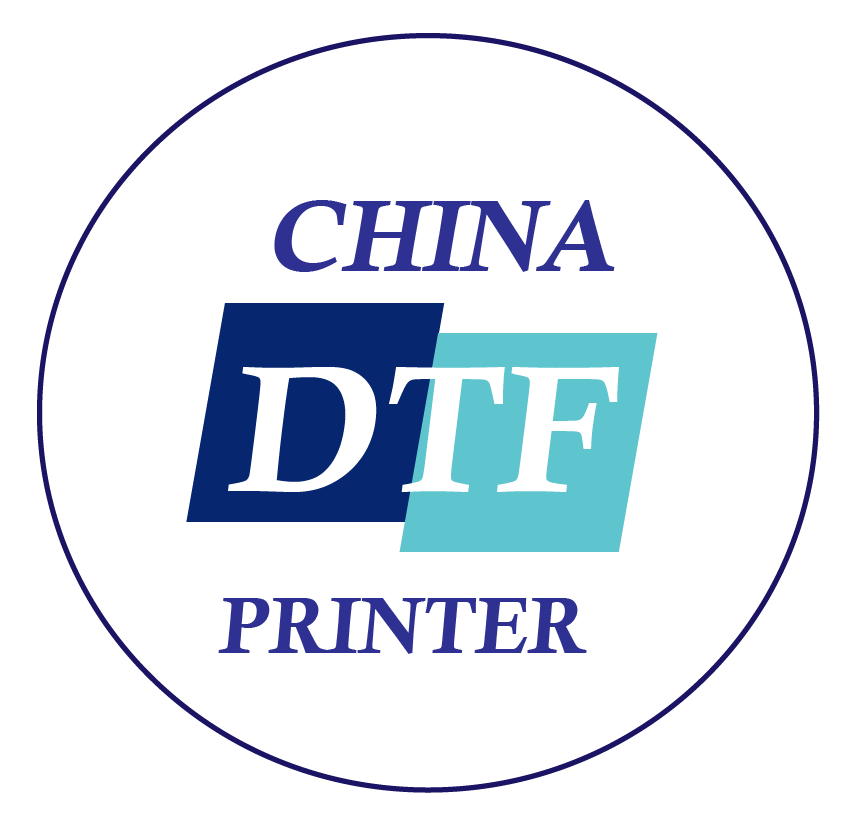In the dynamic world of textile printing, Direct to Film (DTF) printing has emerged as a revolutionary technique, offering unmatched versatility and quality. This method involves printing designs onto a special film and then transferring them onto various fabrics, bypassing some limitations of Direct to Garment (DTG) printing, such as fabric type restrictions and color accuracy issues. The heart of this innovative process lies in the choice of printer, a decision that can significantly impact the final product’s quality, efficiency, and cost. This guide aims to navigate through the critical factors to consider when selecting the best printer for DTF printing, ensuring you make an informed choice tailored to your needs.
Understanding DTF Printing
Before diving into the specifics of printers, it’s essential to grasp the DTF printing process. DTF involves printing a design onto a clear PET film coated with an adhesive powder, which is then heat-pressed onto the fabric. This technique allows for vibrant, high-quality prints on a wide range of textiles, including cotton, polyester, and blends, without requiring pre-treatment for the fabric.
Key Factors in Choosing a DTF Printer
- Print Quality and Resolution: The cornerstone of any printing process is the quality of the print. For DTF, this means looking for printers that offer high resolution (at least 1200 dpi) and can produce sharp, vibrant images. The printer should handle gradients and fine details well, ensuring that the designs translate accurately from screen to fabric.
- Ink Compatibility and Cost: DTF printers use a specific type of ink designed to adhere to the transfer film and then to the fabric. The ink must be compatible with the printer’s technology, typically requiring a piezo print head. It’s also crucial to consider the cost of ink, as it can significantly affect the overall cost of operation. Some printers offer the option of using third-party inks, which can be more cost-effective but may affect warranty coverage.
- Printing Speed: Time is money in the printing business. A faster printer can increase production rates, making it easier to fulfill large orders or operate efficiently under tight deadlines. However, there is often a trade-off between speed and quality, so it’s essential to find a balance that meets your specific needs.
- Media Compatibility and Size: The size of the transfer film that the printer can handle directly affects the size of the designs you can produce. Additionally, the printer should be compatible with the specific type of PET films used in DTF printing, as variations in film quality can impact print adhesion and durability.
- Reliability and Maintenance: DTF printers, like all high-precision equipment, require regular maintenance to function correctly. Some models are designed for easier access and simpler maintenance routines, which can save time and reduce the risk of downtime. Reliability is also crucial; look for printers known for their durability and consistent performance over time.
- Software Compatibility: The software used to create and send designs to the printer can significantly impact the workflow’s efficiency and the quality of the final print. Ensure the printer is compatible with industry-standard software or comes with proprietary software that meets your design and production needs.
- Support and Warranty: Finally, consider the level of support and warranty offered by the manufacturer. Good customer service can be invaluable in resolving any issues that arise, and a comprehensive warranty can protect your investment in the long term.
Top Printer Recommendations for DTF Printing
While specific model recommendations may vary based on the latest releases and technology advancements, several brands consistently receive high marks in the DTF printing community:
- Epson Printers: Known for their reliability and high-quality prints, Epson offers several models that can be adapted for DTF printing. The L-series EcoTank models are popular for small-scale operations due to their affordability and ease of conversion to DTF printing.
- Roland Printers: Roland’s reputation for durability and precision makes their printers a solid choice for DTF printing. Their models are often designed with versatility in mind, capable of handling various printing tasks beyond DTF.
- Mimaki Printers: Mimaki specializes in high-end printers that offer exceptional print quality and speed. Their printers are well-suited for businesses looking to scale up their DTF printing operations.
Conclusion
Selecting the best printer for DTF printing requires careful consideration of various factors, including print quality, ink costs, printing speed, media compatibility, and the level of support provided by the manufacturer. By understanding these critical aspects and assessing your specific needs, you can choose a printer that not only delivers high-quality prints but also aligns with your business objectives and budget. As the DTF printing landscape continues to evolve, staying informed about the latest technology and industry trends will ensure that your investment remains a valuable asset in the competitive world of textile printing.
